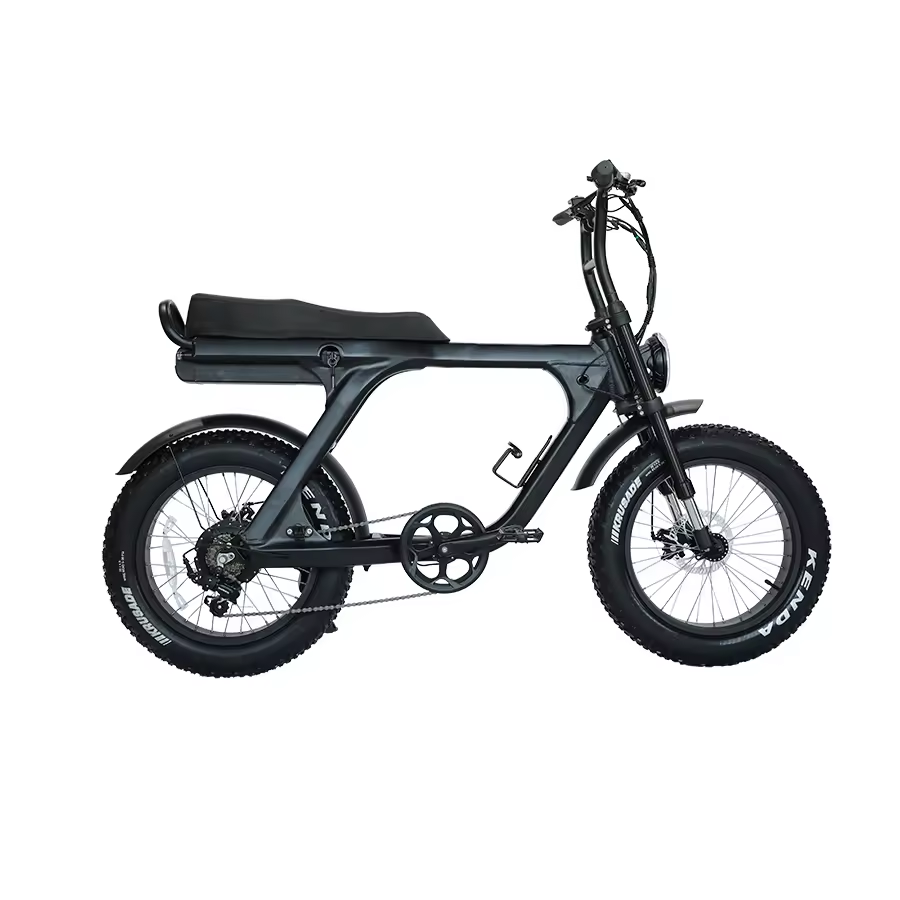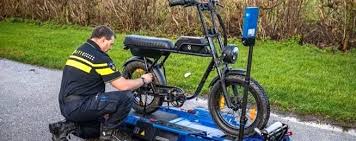Electric bikes, commonly known as e-bikes, have surged in popularity due to their convenience, eco-friendliness, and ability to navigate urban areas efficiently. However, not all e-bikes adhere to legal standards. Illegal e bikes pose significant risks to riders, pedestrians, and the wider community. They often exceed speed limits, bypass regulatory compliance, or lack necessary safety features, creating potential hazards and legal consequences.
This article explores the rise of illegal e-bikes, the dangers they present, existing regulations, and strategies for safe and legal e-bike use.
What Are Illegal E Bikes?
Illegal e bikes are electric bicycles that violate national, state, or local regulations. The illegality typically arises from:
- Excessive speed: Many jurisdictions limit e-bike speeds to 20–28 mph depending on the class. Illegal e-bikes may exceed these limits.
- Unauthorized motor power: Standard e-bikes usually have motors under 750 watts. Illegal e-bikes often exceed this limit.
- Lack of safety equipment: Missing lights, reflectors, or braking systems required by law.
- Misclassification: Some e-bikes are designed to resemble mopeds or motorcycles but are used without proper registration, insurance, or licensing.
By not complying with these regulations, illegal e-bikes endanger both riders and others on the road.
Why Illegal E Bikes Are a Growing Concern
1. Increasing Popularity of E-Bikes
E-bikes have become an affordable alternative to cars and public transportation. With higher demand, some manufacturers and riders cut corners, leading to illegal or unsafe modifications.
2. Urban Traffic Challenges
Illegal e-bikes often exceed legal speed limits in crowded urban areas, increasing the risk of collisions with cars, pedestrians, and other cyclists.
3. Lack of Awareness
Many riders are unaware that their e-bike modifications make them illegal. They may not understand regulations about motor power, speed limits, or required safety features.
4. Law Enforcement Pressure
Illegal e-bikes can lead to fines, confiscation, or criminal liability, placing a strain on law enforcement and creating public safety issues.
The Dangers of Illegal E Bikes
1. Risk of Accidents
Illegal e-bikes can accelerate faster than intended and may not be equipped with proper braking systems. This increases the likelihood of collisions, falls, and serious injuries.
2. Pedestrian Safety
High-speed e-bikes on sidewalks or shared paths can endanger pedestrians, particularly children and the elderly.
3. Mechanical Failures
Overpowered or poorly constructed illegal e-bikes are prone to mechanical issues, such as battery malfunctions, motor failures, or frame collapses, which can result in accidents.
4. Legal Consequences
Riding an illegal e-bike may lead to fines, seizure of the vehicle, and even criminal charges if involved in an accident. Insurance coverage may also be denied in case of injury.
5. Environmental Concerns
Some illegal e-bikes use non-compliant batteries and components that do not meet safety standards, posing fire hazards or environmental risks when improperly disposed of.
Regulations Governing E-Bikes
1. Classification of E-Bikes
Most jurisdictions classify e-bikes into three main categories:
- Class 1: Pedal-assist only, max speed 20 mph.
- Class 2: Throttle-assisted, max speed 20 mph.
- Class 3: Pedal-assist only, max speed 28 mph, may require helmet use.
Illegal e-bikes typically fall outside these classifications due to excessive speed or motor power.
2. Safety Requirements
Legal e-bikes must meet safety standards including:
- Brakes capable of stopping the bike efficiently
- Reflectors and lights for visibility
- Horns or bells in some regions
3. Age and Licensing Restrictions
Certain classes of e-bikes require riders to be of a specific age, and some regions mandate licensing or registration for higher-powered models.
4. Local Ordinances
Cities may impose additional restrictions, such as prohibiting e-bikes on sidewalks, trails, or pedestrian-heavy areas. Non-compliance results in illegal status.
How to Identify Illegal E Bikes
1. Check Motor Power
Illegal e-bikes often exceed 750 watts. Always verify motor specifications.
2. Test Maximum Speed
Use caution if your e-bike can exceed legal speed limits for your class. Excessive speed is a major indicator of illegality.
3. Examine Safety Features
Ensure brakes, lights, reflectors, and other mandatory safety equipment are present and functional.
4. Verify Certification
Legal e-bikes usually come with manufacturer certification and compliance labels. Lack of documentation may indicate an illegal product.
5. Avoid Unauthorized Modifications
Upgrading motors, removing speed limiters, or altering components can make an e-bike illegal.
Tips for Safe and Legal E-Bike Use
1. Buy from Reputable Retailers
Purchase e-bikes from authorized dealers who provide compliant models with warranty and safety documentation.
2. Educate Yourself on Local Laws
Before riding, familiarize yourself with state and local regulations regarding motor power, speed, and riding locations.
3. Use Proper Safety Gear
Always wear a helmet and protective gear, especially if riding faster Class 3 e-bikes.
4. Avoid Sidewalk Riding
Ride in designated bike lanes or paths. Sidewalk riding may be illegal in many regions and endanger pedestrians.
5. Regular Maintenance
Ensure brakes, lights, tires, and batteries are regularly inspected to maintain safety and compliance.
6. Report Illegal E-Bikes
Community awareness is key. Reporting unsafe e-bikes to local authorities helps maintain public safety.
The Role of Authorities in Controlling Illegal E-Bikes

1. Enforcement
Police and transportation authorities monitor compliance, issue fines, and confiscate illegal e-bikes to protect public safety.
2. Public Awareness Campaigns
Governments and advocacy groups educate the public on e-bike laws, emphasizing safety, legality, and responsible usage.
3. Regulation Updates
Authorities periodically update e-bike regulations to address technological advancements and emerging safety concerns.
4. Collaboration with Manufacturers
Some regions work with manufacturers and retailers to prevent the sale of illegal e-bikes, ensuring that new products comply with local laws.
Conclusion
Illegal e-bikes present a growing challenge for urban mobility, safety, and law enforcement. While e-bikes provide eco-friendly and convenient transportation, exceeding speed limits, using unauthorized modifications, or bypassing safety regulations puts riders and the public at risk.
Awareness, responsible purchasing, adherence to local regulations, and proper safety practices are essential for enjoying e-bikes legally and safely. By staying informed and choosing compliant models, riders can enjoy the benefits of electric mobility without endangering themselves or others.





